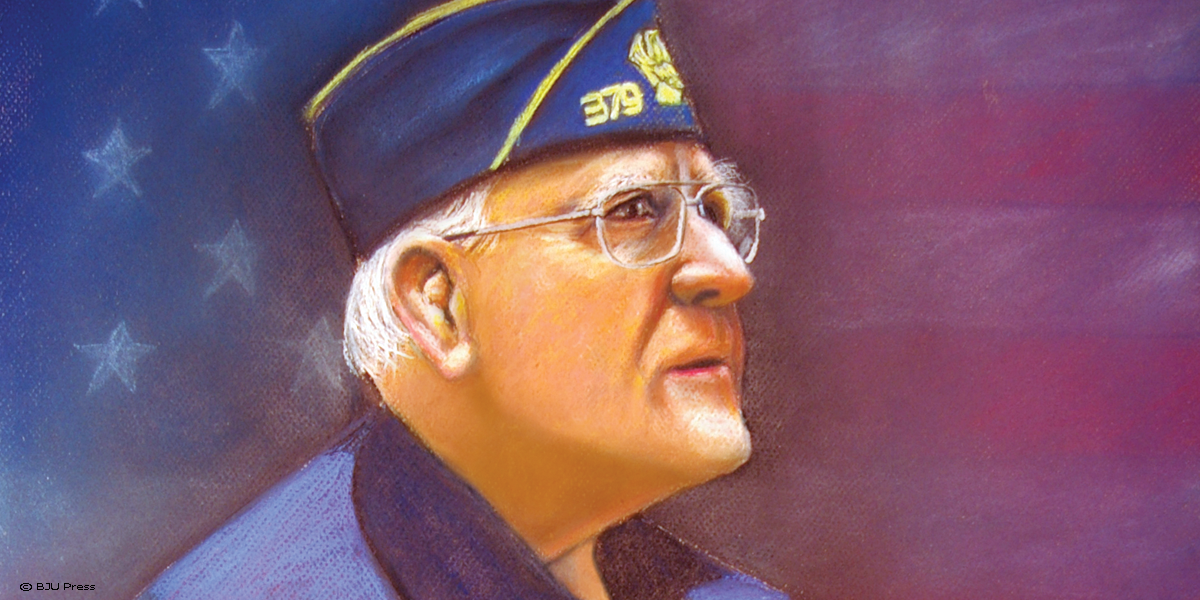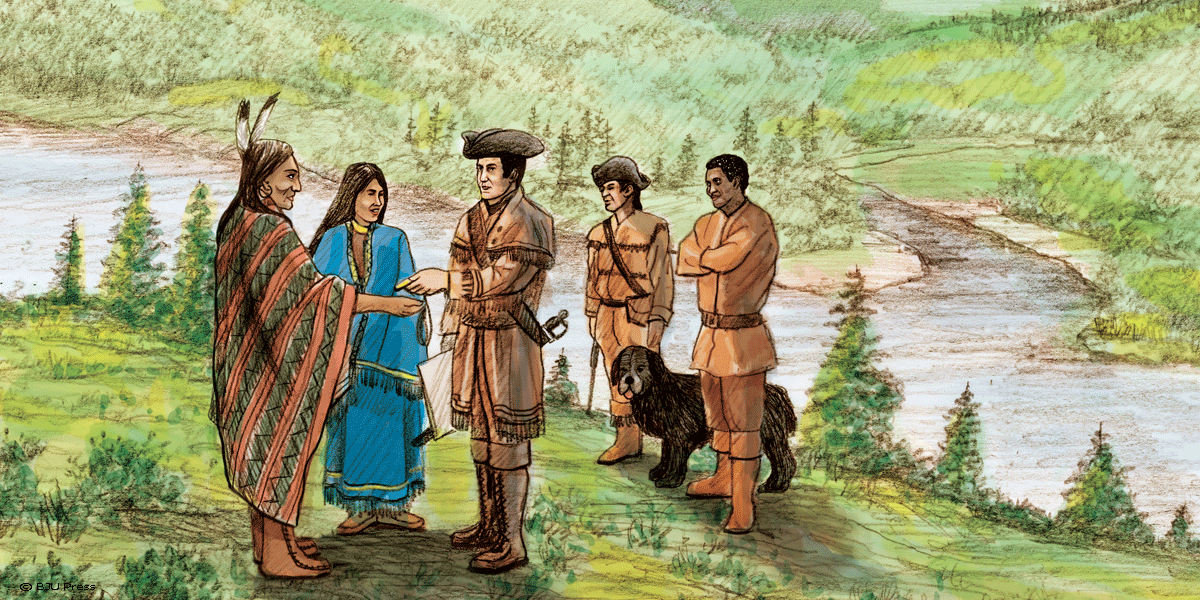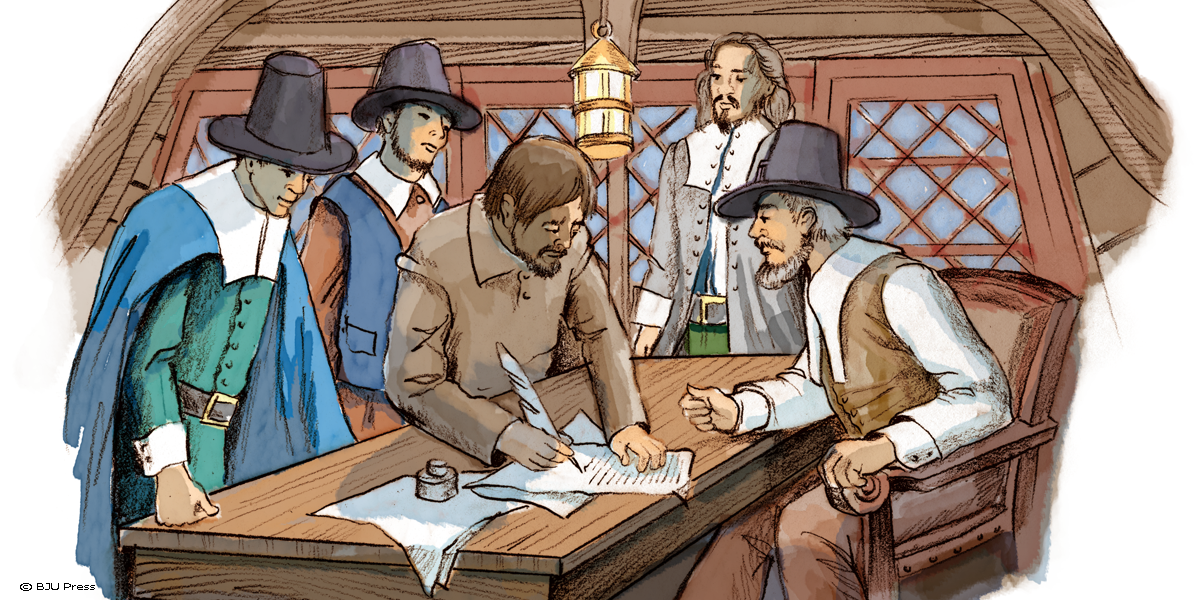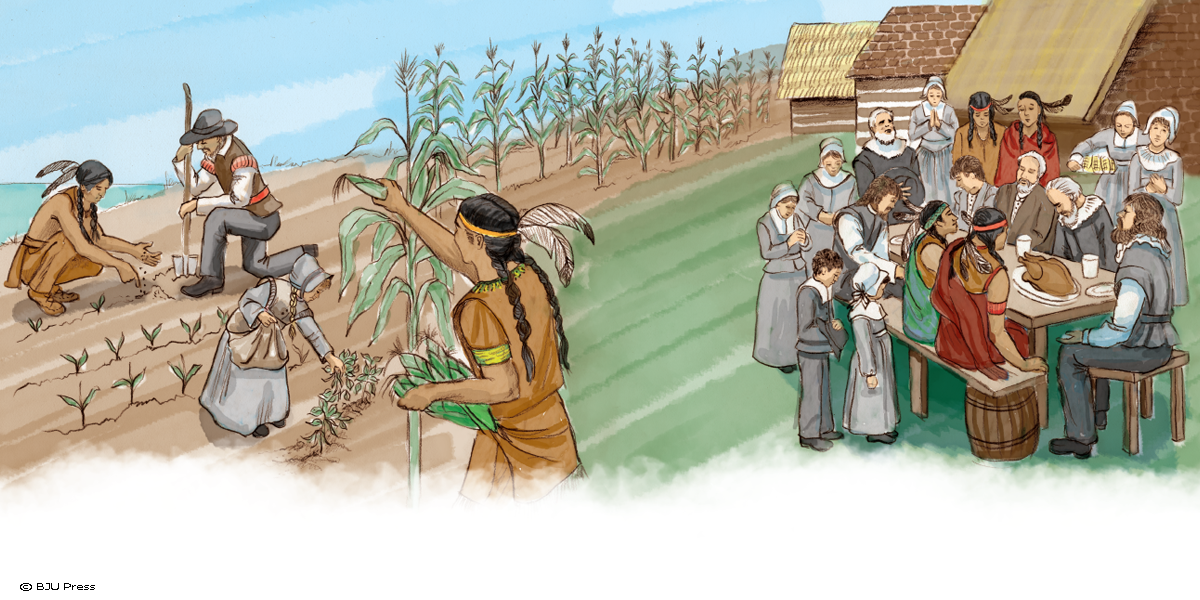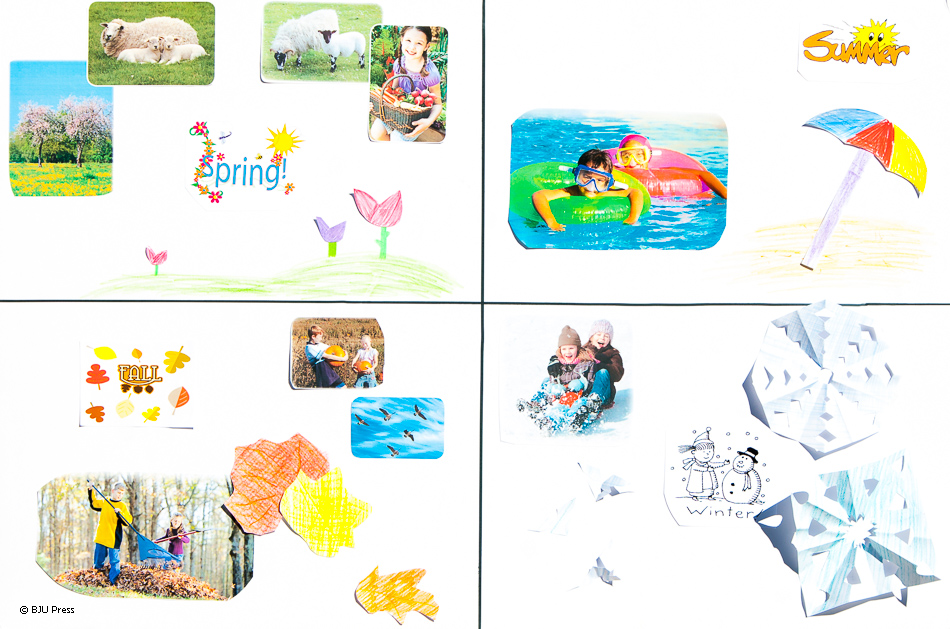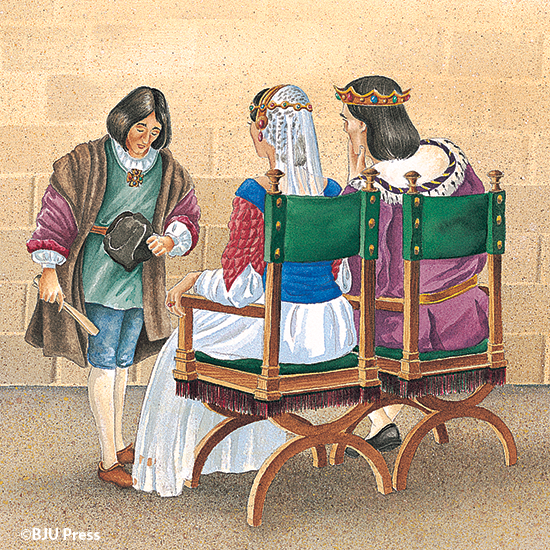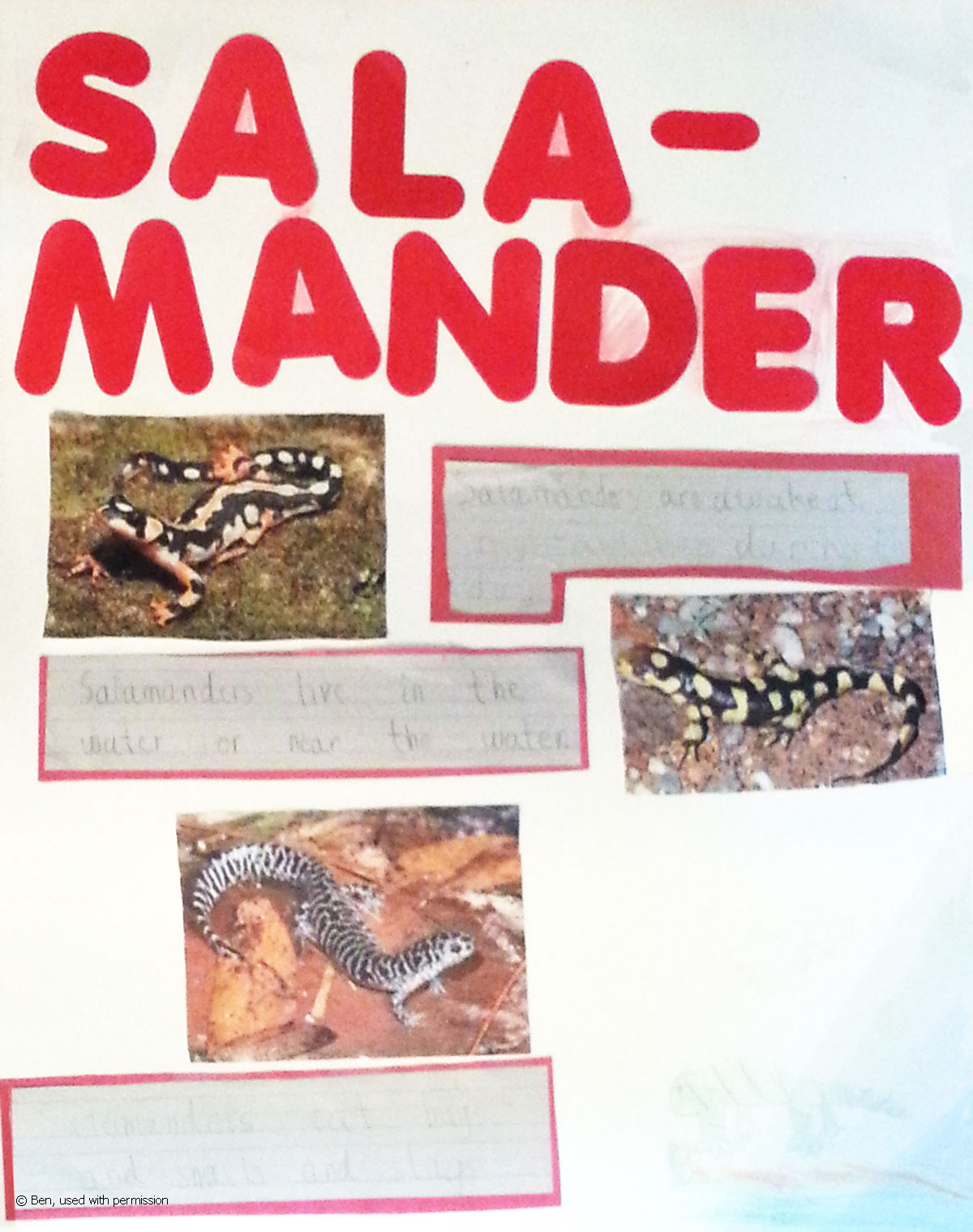 After we finished family worship, my wife asked me to work with our first grader on a science project. The assignment instructed her to make an informative poster about a wild animal. The week before, we’d found a salamander on a camping trip, so my daughter wanted to do a project on salamanders. She’d gotten a couple of books from the library, and we set out to find a few pictures.
After we finished family worship, my wife asked me to work with our first grader on a science project. The assignment instructed her to make an informative poster about a wild animal. The week before, we’d found a salamander on a camping trip, so my daughter wanted to do a project on salamanders. She’d gotten a couple of books from the library, and we set out to find a few pictures.
I must confess that it was easy for me to fall into the trap of secularism that evening. Instead of remembering that God is relevant in all areas of life, I initially bought into the idea that this activity could be approached without involving Him.
It seems to me that Christians too often buy into this secular approach. We think certain activities are holy service to God, such as our family worship time, church attendance, or personal devotions. Other activities, such as cooking and cleaning, marketing, or finance are things we have to get through. They aren’t service to God. They have to be done, and we should obey God while we do them, but there isn’t a “Christian” way to do them.

The image in this blog post helps me understand this wrong way of thinking. The first story of the “house” is a typical suburban home. The second story is a church. Everything in the top story is “redeemable.” Everything in the bottom is “unredeemable.” Sometimes we wrongly assume that the people who work on the upper floor in “full-time Christian service” are doing God’s work and the rest of us working down on the lower floor are second-class Christians who only serve the Lord when we participate in spiritual tasks.
But God doesn’t teach this way of thinking, secularism does. God says that everything belongs to Him, and He has something to say about it.
As I helped my daughter with her project, my mind at first fell into the trap of thinking we’d moved from God’s things to earthly things, but thankfully my daughter’s textbook didn’t take that approach. On page 68, the BJU Press Science 1 textbook teaches:
“God gives animals what they need. But He also wants people to care for animals. In Proverbs [12:10] the Bible tells people to take care of animals. A good man takes proper care of his animals. We give glory to God when we take care of the animals He made.”
This kind of teaching helps my daughter understand that everything should be service to God.
So that evening as I helped my daughter with her salamander project after family worship, we were really moving from one service to God to another. My daughter and I learned what salamanders eat and where they live. On a small, first grader level, we were learning how to obey God’s command to take care of the world.
What kind of teaching are your children receiving?
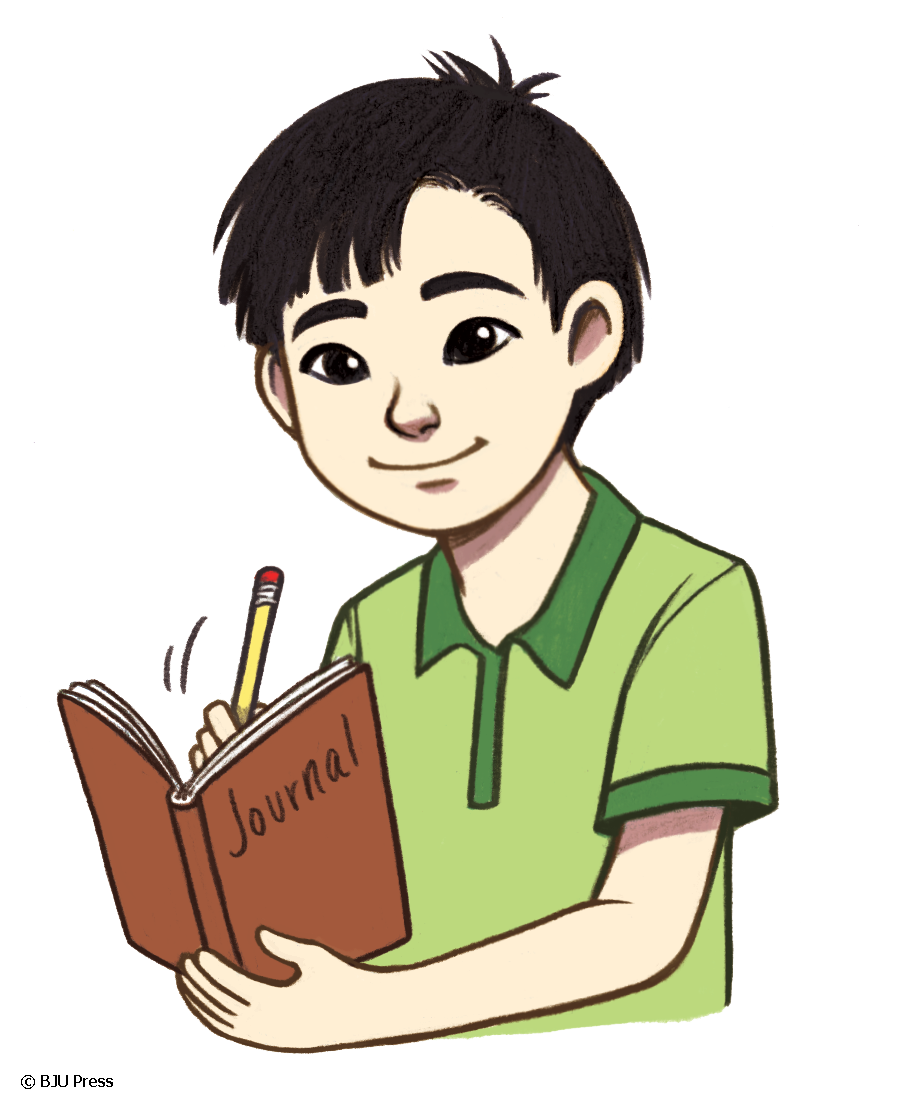 November has a heritage of blessings! There are many things to celebrate. It must be the start of the holiday season! I hope you and your family take time to reflect on God’s blessings this year (James 1:17). To start us off, here are two month-long observances worth mentioning.
November has a heritage of blessings! There are many things to celebrate. It must be the start of the holiday season! I hope you and your family take time to reflect on God’s blessings this year (James 1:17). To start us off, here are two month-long observances worth mentioning.

